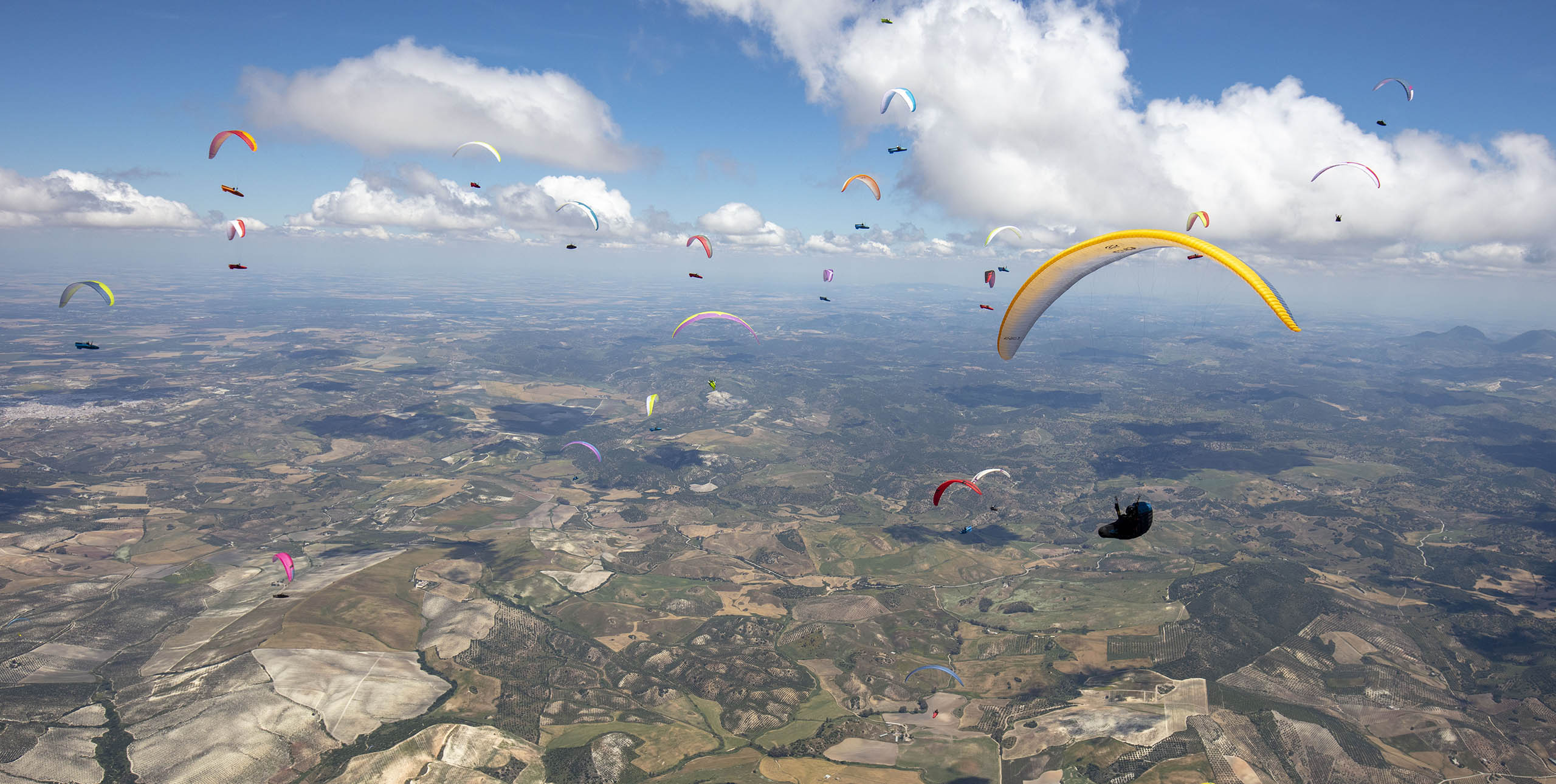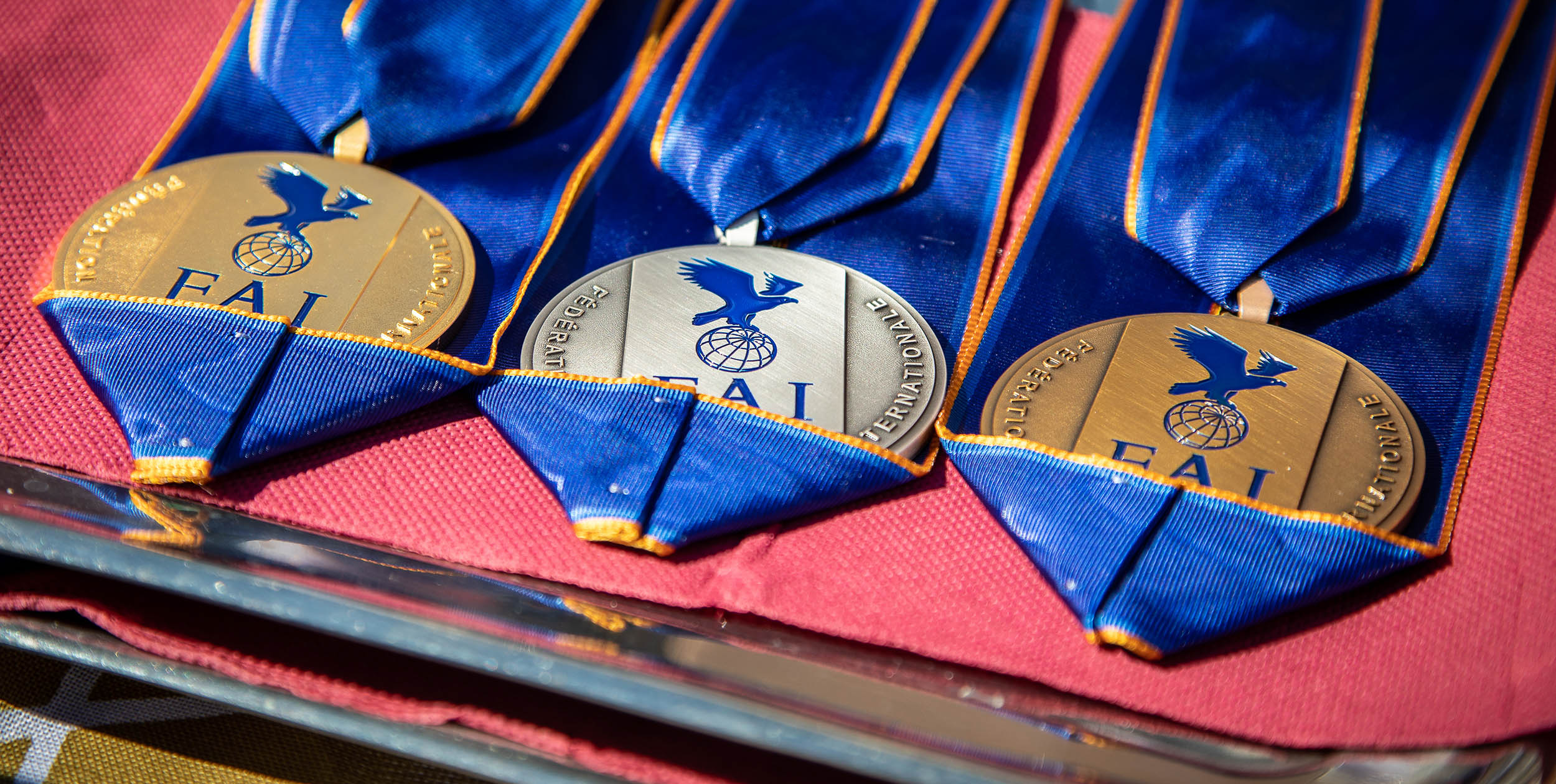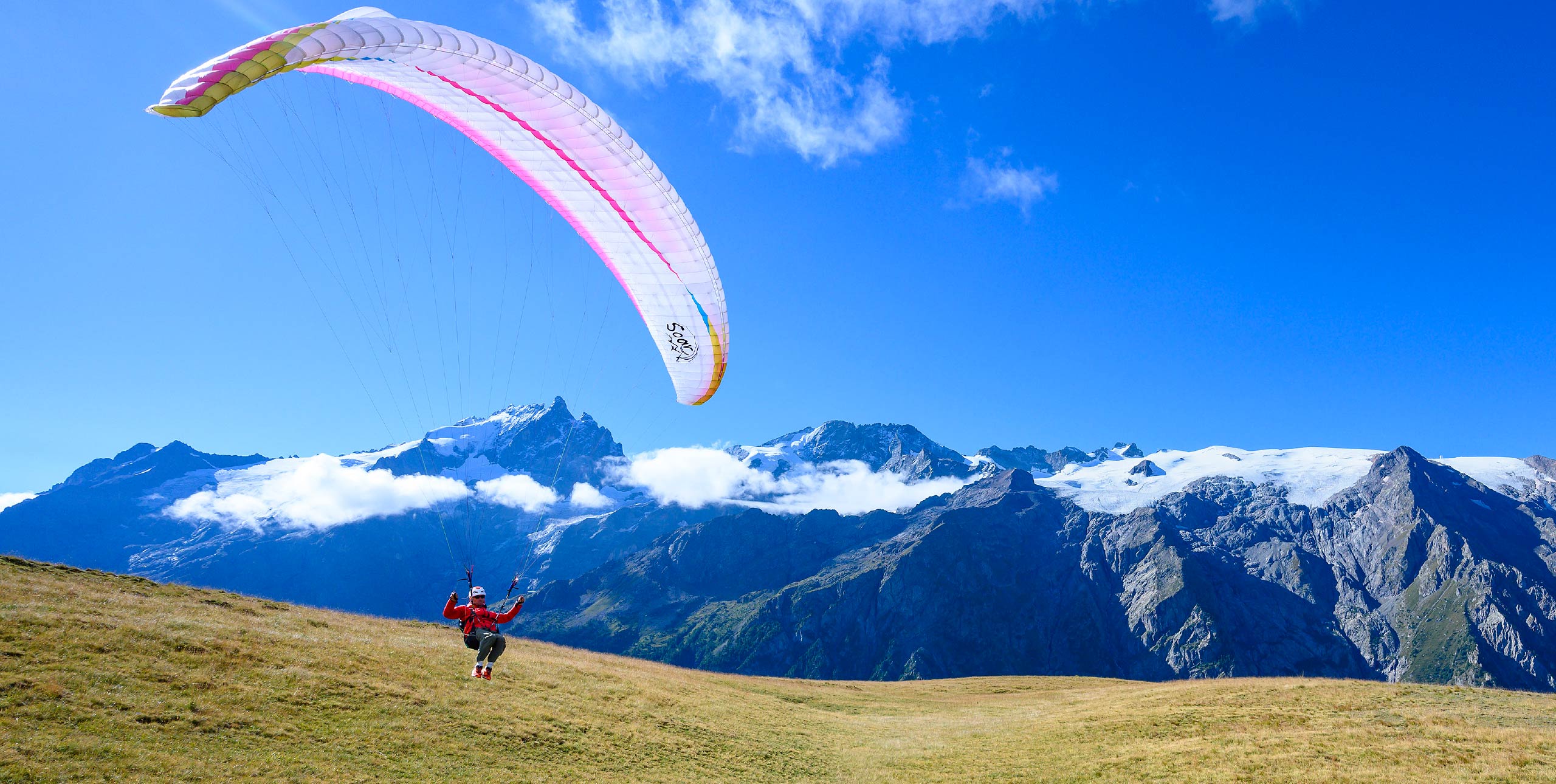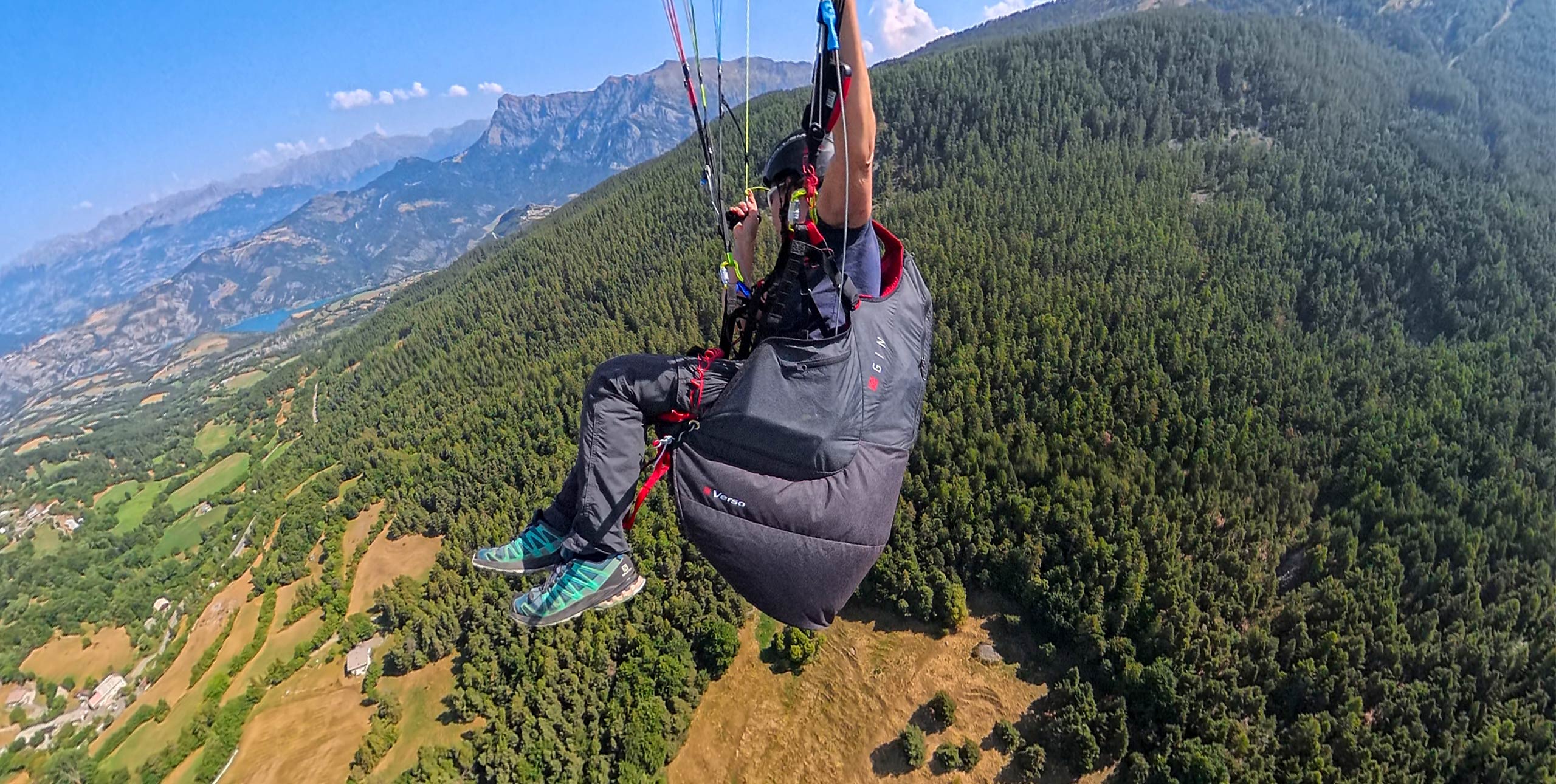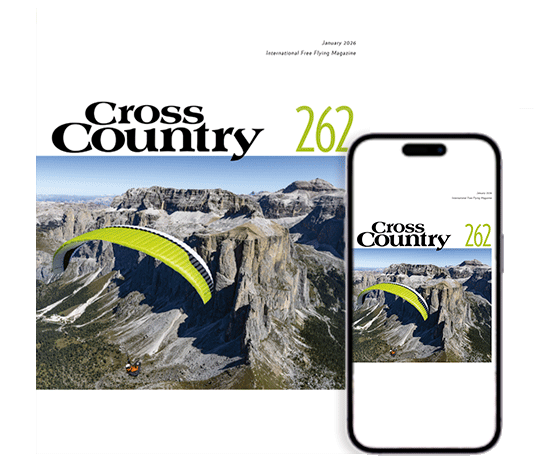
Cross Country magazine will be reporting from inside the CIVL Plenary on 20 and 21 February
9.30pm: Nothing official from CIVL, but this is what ThomasB has reported from today’s session. Bear in mind all this still has to be voted on over Saturday and Sunday.
Unanimously accepted:
We will build a working group formed of CIVL members, manufacturers and experts.
We want self-certification of every manufacturer for the basic maneuvers the working group defines.
We well leave everything as it if for the Euros 2010.
We want to have the new rules in effect for the Worlds 2011.
We want some basic limitations for paragliders like minimum linelength per aspect ratio and maximum glider weight for the Euros 2012.
And further points discussed and/or voted on:
Definition of a paraglider …> leave it as it is.
Serial Class gliders only from 2012 on in Cat. 1: 12/5 against
Split Team and Individual Worldchampionships: Together (one for split)
Is livetracking inappropriate help for pilots and teams and should be banned? No
Separate Worlds for the women: Wait for reactions from the Women’s Open.
Review of the bid from St. Andre for the Euros 2012: OK
Brazil was not ready for a review because they were not approved by their NAC.
Change the allocation of pilots to 1+1 from 3+1. In fact is does not make any difference at the moment (simulated with the Worlds 2009) but saves us from exceeding 150 when more nations participate: 12/4 in favour
What can we conclude from this? We’re not 100% sure. The most important point seems to be that the PMA’s proposal to change the definition of a paraglider – the whole flexible/rigid debate about carbon – may have been voted out. This is at least what we deduce from ThomasB’s very short post: “Definition of a paraglider …> leave it as it is.” What does this mean? It seems to refer to the Swiss Proposal, which reads in full:
In S7B Ch 1.5.1.1 Definition of Class 3 [paraglider]:
Add the sentence: The term ‘no primary rigid structure’ is defined, for competition purposes only, as the ability of all components to be bent around a radius of 1 cm by 180°. (NB: This is a proposed amendment solely to the existing S7B qualification of the FAI definition. The FAI definition remains unchanged.)
Explanation: The current rule is not precise enough. The current situation is unfair for manufacturers and pilots. Important: Switzerland is strongly against the introduction of a second class of paraglider.
ThomasB’s post could be interpreted as the PMA’s ‘Swiss Proposal’ being rejected. (Again, this is only what the paragliding subcommittee recommends – voting on this happens Saturday and Sunday.) It could of course mean it’s still under discussion. (What does ‘…>’ mean, is what we want to work out.)
Secondly, Open class gliders in competition will stay. The subcommittee voted against the idea of excluding Open class gliders 12 to five.
Thirdly, we don’t quite understand this: “We want self-certification of every manufacturer for the basic maneuvers the working group defines.”
Presumably this is in response to the debate around Open class gliders in competition. We think it means that manufacturers will have to “self certify” – ie declare – that their Open class gliders in comps are safe in the basic SIV situations – Stall, Spin, Asymetric Collapse etc. But will video evidence be needed, or will it just be a case of the manufacturer saying, “Yes, it’s OK”? We’ll need to clarify this – and the consequences of a manufacturer ‘bending’ this rule – as it feels like an important point.
It also seems that CIVL will – if voted through – form a working group to discuss the ‘boundaries’ of Open class. So uncertified wings will be allowed in World Championships, and CIVL appears to have stepped back from the full-blown Serial route, but they are going to think about putting certain (sensible?) demands in place on all wings. It appears to be a middle way basically, between leaving the Open class entirely open and clamping down totally by requiring everyone to compete on a Serial class glider.
So, we need to clarify exactly what has happened – ThomasB’s post is brief – and we need to clarify whether this is a step in the right direction, or something else. We don’t have a view on that, but we’re keen to find out – we’ll be in Lausanne Saturday and speaking to the people involved (plus all the other debates surrounding hang gliding, tracking, GPS and altitude etc).
At the moment we’re in Chamonix, watching the snow.
10.30am: An update from the Facebook Spy, on her blog, about yesterday. They did indeed discuss pilot numbers and quality at Cat 1 competitions.
She writes:
Number of pilots in Cat.1 events. Another controversial debate hinging around whether the FAI wants to include all eligible nations in Cat.1 events or whether following on from a decision by the Olympic committee that only satisfactorily qualified competitors should be allowed to compete.
I’m not sure of the details of the Olympic committee discussions but seemingly the Olympics are no longer open to ALL nations if a minimum standard is not reached. Anyway an analysis of the recent Serbian Europeans and Mejico Worlds showed no correlation between accidents and low ranked pilots. Following discussion around that, WPRS ranking seemed not to be a good way of restricting entry.
The local organisers [of comps] will continue to define the maximum numbers (up to 150) and minimum standards to enter an event in the Local regulations which must be approved by the Plenary.
However a motion was made for an amendment to section 7 as follows: “Pilots must have flown ‘x’ number of flights over ‘y’ kilometers in an FAI sanctioned paraglding competition with a minimum of ‘z’ competitors.
The aim is to ensure that ‘reasonable quality’ events are used in the selection procedure of pilots who don’t automatically qualify on the basis of ranking, since pilot numbers are perceived to determine that a pilot has the ability to fly in gaggles.
9.30am, Friday 19 February: A bit more news filtered through from yesterday’s discussions. Our contact reveals: “There was a good presentation from the DSX people on Safly, for tracking devices. This topic will get discussed further tomorrow [Friday] morning in the Software working group.
“Is it a viable technology or still a ‘gadget’ – it will need some larger scale testing – probably to find an answer, though is being looked at seriously by other commissions (ie sailplanes).”
And on the hang gliding side: “Manfred Ruhmer is here – interested in the defining prototype discussion and sprog settings.”
They concluded: “Lots still up in the air, so difficult to pin down any real conclusions. … The big topic debates will start tomorrow [Friday] for PG and HG.”
One of other contacts said: “There has been a lot of talking. But Today is THE biggy!”
So yesterday was just a warm up, and today we get to the meat on the bone.
Interestingly, we spoke to Russell Ogden – one of the pilots who flew the carbon-loaded BBHPP in the Superfinal – yesterday.
The whole Serial class debate came up. He’s not against it – in fact in many ways he’d welcome it, he said. Otherwise the fear is high-level competition becomes an ever-more elite group of pilots racing increasingly-elite gliders. “I lost seven contact lenses flying at the Superfinal!” he said. That’s wide-eyed flying for you.
The Cross Country team is in the south of France, and heading to Lausanne this afternoon / evening. We’ll keep this page updated here until we head off, and then be back on in the evening.
Meanwhile, keep up to date on happenings in the Plenary subcommittees:
A PG Forum discussion on the Serial class debate
Post below if you know anyone else blogging from inside the Plenary.
• Got news? Send it to us at news@xccontent.local. Fair use applies to this article: if you reproduce it online, please credit correctly and link to xcmag.com or the original article. No reproduction in print. Copyright remains with Cross Country magazine. Thanks!
Subscribe to the world’s favourite hang gliding and paragliding magazine


